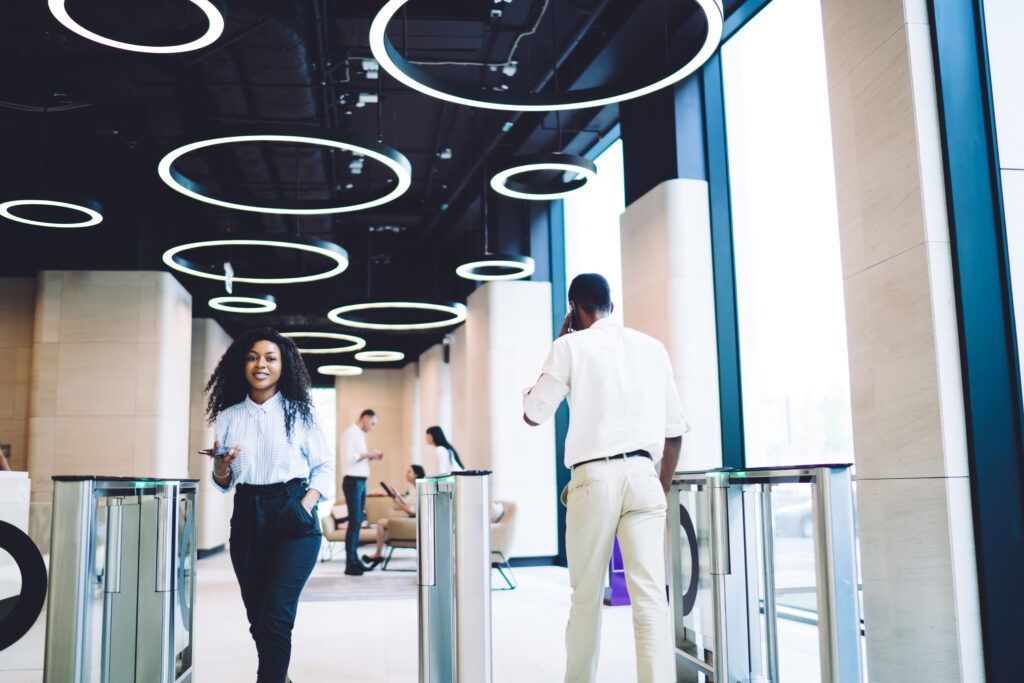More than 40 million people left their jobs last year. This is because, due to the COVID-19 pandemic, employees across the country came to the realization that they weren’t happy with their jobs. Specifically, young employees weren’t satisfied with their work environment, the industry they were in, or their work-life balance. Driven in force by younger generations, this movement came to be called The Great Resignation.
To this day, younger employees are looking for a better employee experience and are willing to uproot in search of a better opportunity. According to Work Design Magazine, of nearly 5,000 employees, Gen Z respondents were nearly twice as likely to say they could be leaving their jobs in the next six months, with 24% in agreement compared to only 13% of Boomers.
The Physical Office
To attract and retain employees, employers need to develop a better understanding of what Gen Z is seeking in order to improve the workplace experience. Research shows that those who enjoy working from their office are significantly less likely to leave and are significantly more engaged, productive, and connected to their company culture, regardless of generational differences.
Before hybrid work took center stage, employees went to the physical office everyday. People didn’t think about why and when you would be with your colleagues. However, now the value of the physical office to bring and coordinate collective work is at the forefront of employers’ minds.
The truth is simple: younger employees in the workplace are not only looking for flexibility (such as remote work options and a better work-life balance), but they are also looking for a positive employee experience in the physical workplace that provides them with a sense of purpose and belonging. Younger generations look to the workplace as a resource: they need a place with the proper tools and higher level of technology access to support the ways they want to work and to connect people with one another.
Physical space has always had a huge effect on how employees experience their working environment. Thus, in order to keep up with engaged employees and increase employee satisfaction, the office must be optimized.
Office Optimization
Today’s workplace requires the modernization of the teams working within it. Which means, corporations must have access to modern technology to meet ever-shifting employee needs, especially in consideration of hybrid work. Fully integrated workplace experience platforms, such as those provided by HqO, help create a more well-rounded and holistic employee experience.
And, beyond the tech benefits to the office, the physical office space needs to change as well. Gen Z wants areas for social connection and a variety of team or collaboration spaces. While fewer employees in the office might drive some companies toward using less physical space, it does not downplay the need for a connected organization that is able to communicate, collaborate, and operate together. The office, in these cases, arguably becomes even more important.
So office space needs to encourage employees to come to the office. But, what does a redesigned office look like? Employees are looking for offices filled with snacks, beverages, and meeting rooms where they can easily communicate with other hybrid employees.
These office redesigns are accomplished easily with a well-rounded workplace experience platform which will set companies at a competitive advantage. Mobile access, resource booking, and other technologies that directly support both hybrid and flexible work can be seamlessly integrated into any office.
Looking for more information on how you can optimize your office space? Schedule a demo today.



